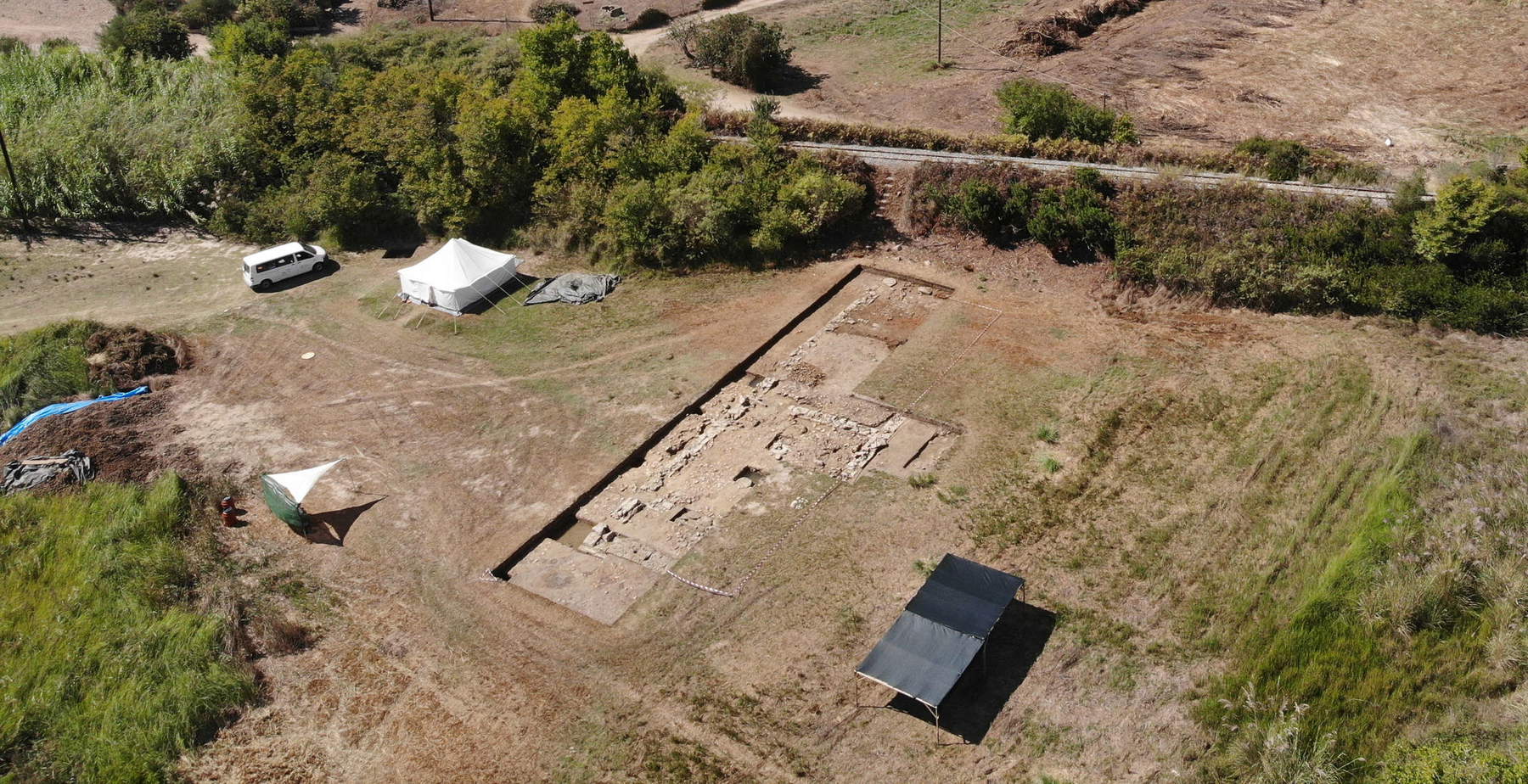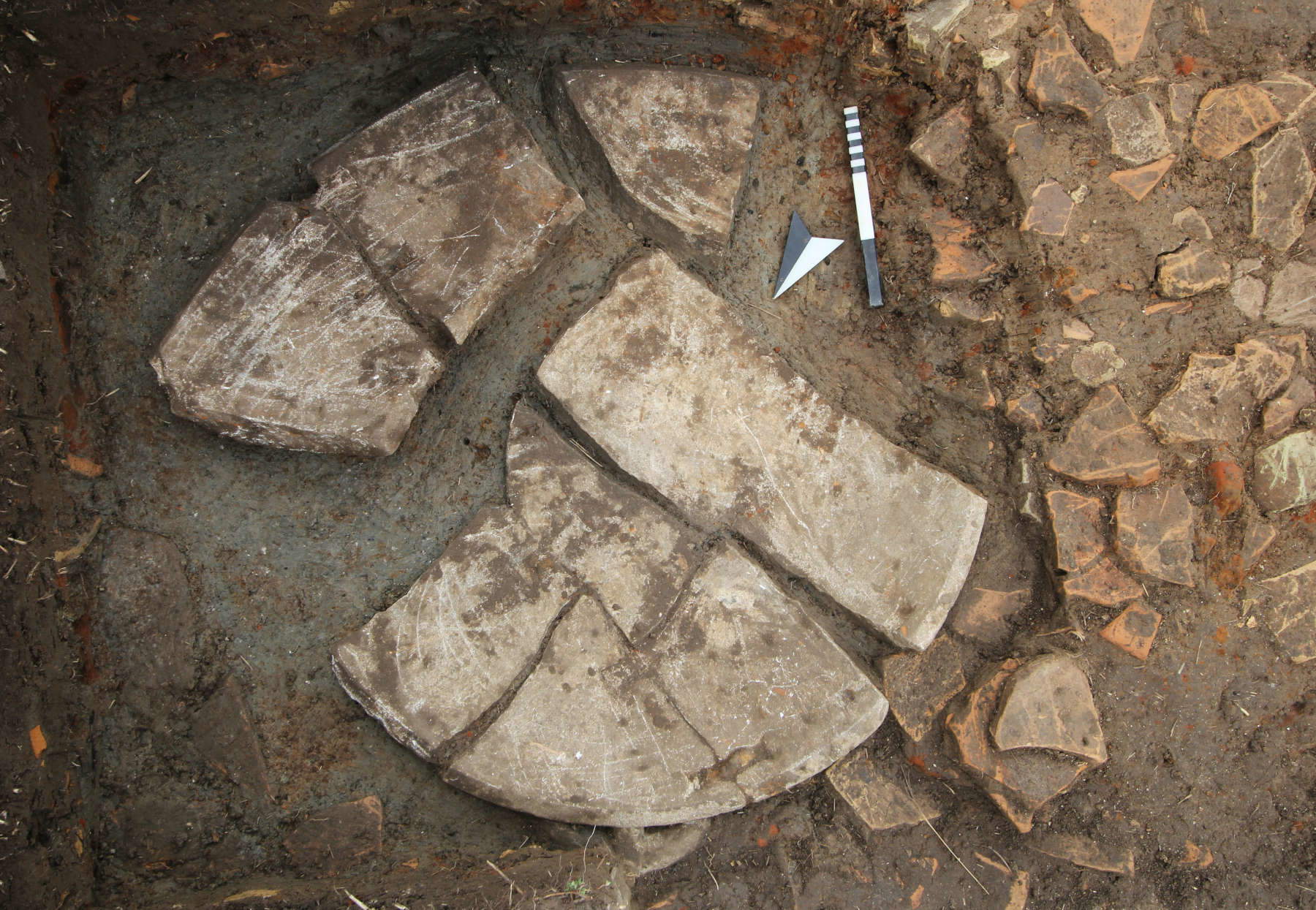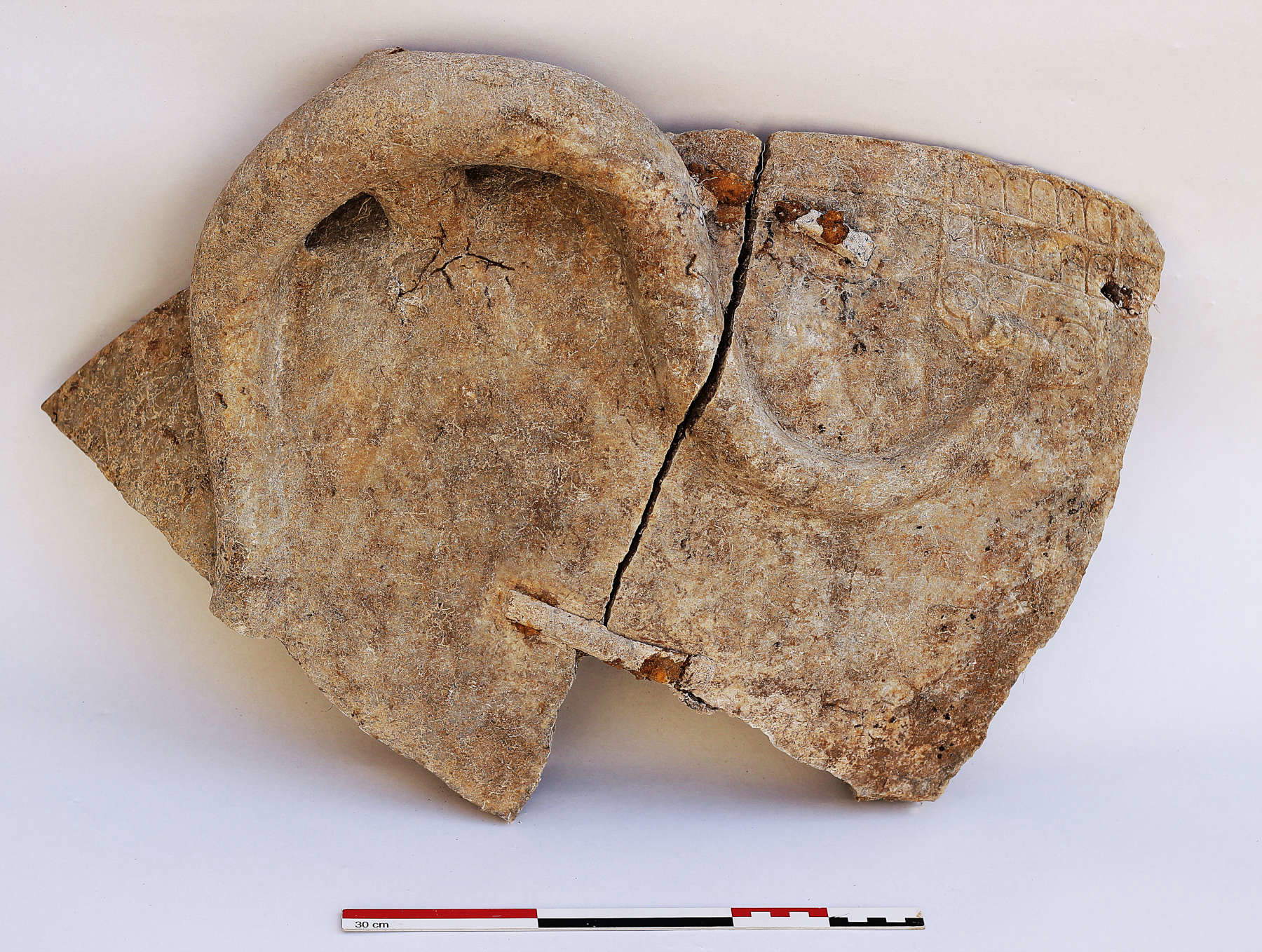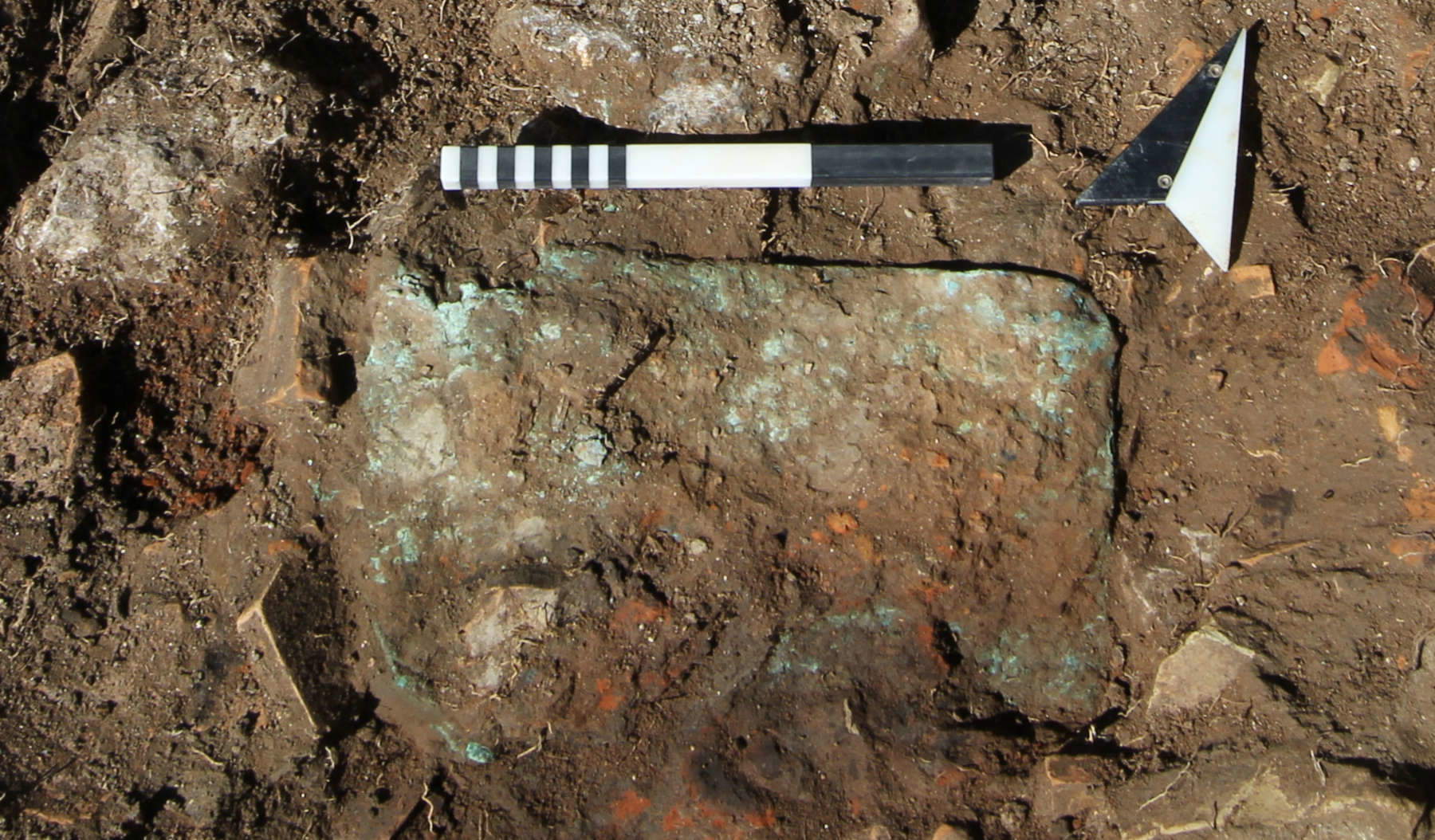Greece, archaeologists excavate the Temple of Poseidon they had been searching for more than a century
New discoveries in Greece, along the western coast of the Peloponnese, on the great temple dedicated to Poseidon, the god of the sea: news of the discovery had already been given a few months ago, and now archaeologists have discovered the dimensions of the building, which was 28 meters long and more than 9 meters wide. The discovery was made by a team of Austrian and Greek archaeologists led by theAustrianArchaeological Institute of theAustrian Academy of Sciences.
It is the sanctuary of Poseidon of Samikon, mentioned especially by the ancient historian Strabo in his 8th book: archaeologists had been looking for it for at least a hundred years near the Kleidi Hills. The breakthrough came in 2021, when the research team, in collaboration with geophysicists from Kiel University and geoarchaeologists from the University of Mainz, had discovered the floor plan of a large temple beneath the Samikon fortress on the western coast of the Peloponnese. This was precisely the place where the ancient historian Strabo identifies the famous sanctuary of Poseidon in his eighth book. This was the religious and ethnic center of the important confederation of Triphilian cities. After the first discovery in 2021, archaeologists conducted excavations at the site and discovered the true dimensions of the temple, as well as uncovering several relevant finds.
The temple is divided into two large rooms, each divided by internal central pillars and a vestibule with two columns. “According to current knowledge,” explains Birgitta Eder, researcher and director of the Athens branch of the Austrian Archaeological Institute, “it is an archaic double temple that probably dates back to the 6th century BCE. The roof was apparently dismantled around 300 B.C. and deposited inside the building.”


The artifacts discovered at the site
Archaeologists also discovered fragments of a massive marble bowl with a diameter of about one meter, a so-called perirrhanterion, which was used for ritual ablutions. This vessel used for purification rituals mimics a bronze bowl and has ancient iron-clamp repairs. Together with a part discovered in 2022, it can be reconstructed almost completely.
Also noteworthy is the discovery of a large bronze plaque that was originally attached to one of the temple’s mud brick walls. Due to its fragile condition, the plaque was recovered in a block. “The first X-ray images show parts of an extensive inscription, but it will only be fully readable after extensive conservation work,” Eder explains. Reading this inscription could provide additional valuable information about the history and use of the sanctuary, which was an important communication site in the ancient region.



Walls from another era
During the clearing of the dense vegetation north of the temple, the path of a mighty double-walled wall was also documented. This wall, which probably marks the sacred enclosure of Poseidon, was first mentioned by German Wilhelm Dörpfeld (1853-1940) in the early 20th century . It probably served as protection from nearby lagoons at the time. Birgitta Eder is certain: “Ongoing archaeological work is shedding new light on the sanctuary of Poseidon, which played a central role in the region for centuries.”
The temple, starting in 2022, has been systematically studied as part of a five-year program by the Austrian Archaeological Institute at the Austrian Academy of Sciences and the Ephorate of Antiquities of Ilia, Greece. Now work on the temple will surely continue. The excavations are funded by the Gerda Henkel Foundation and the Austrian Archaeological Institute at the Austrian Academy of Sciences.
 |
| Greece, archaeologists excavate the Temple of Poseidon they had been searching for more than a century |
Warning: the translation into English of the original Italian article was created using automatic tools. We undertake to review all articles, but we do not guarantee the total absence of inaccuracies in the translation due to the program. You can find the original by clicking on the ITA button. If you find any mistake,please contact us.




























